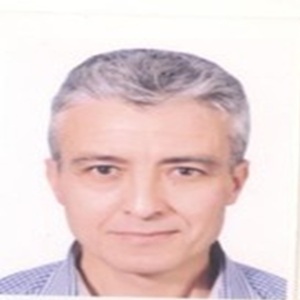Abstract Detail

Lazhar Hajji
Institute of Analysis and Research of Physico-Chemical, Tunisia
Abstract
After the discovery of the anticancer properties of cisplatin1 in the sixties by Rosenberg, a large number of metal derivatives have been synthesized and assessed as therapeutic agents for cancer treatment.2 Nevertheless, still now cisplatinand its parent analogues are among the most widely used chemotherapeutic agents3 despiteof some important drawbacks such as drug resistance.4 To avoid this and other important problems new others metal complexes have been investigated.5 Among the new cytotoxic compounds found, ruthenium complexes are the most promising6 and two of them, NAMI-A7 and KP10198 were entered in clinical trialsfor the treatment of respectively metastatic and colorectal cancers. Complexes [RuCp(L–κN)(L1L2)] (L = adenine,guanine, theophylline, derivatives of thiotheophylline; L1, L2 = PPh3, PTA, methyl-PTA) were synthesized and characterized by elemental analysis, infrared and NMR spectroscopy (PTA = 1,3,5- triaza-7-phosphaadamantane). Some crystalstructures of them were also determined by single crystal X- ray diffraction. The antiproliferative activities of the complexes on cisplatin-sensitive T2 and cisplatin-resistant SKOV3 cell lines have also been evaluated. Theoretical studies were preformed to elucidate how some ligands are coordinated to the metal.
Biography
Dr. Lazhar Hajji studied Chemistry at Tunis University, Tunisia and graduated as Engineer in 2000. He then worked in the Institute of physicochemical Research and passed two years in the Analytical Chemistry Service, Lyon-France. After then he joined the research group pf Prof. Romerosa in the University of Almeria-Spain. He received his PhD degree in 2009 at the same University. Finally, he is a research engineer in the University of Tunis and in the Minister of Public Health. He has published 6 research articles in SCI(E) journals and will publish more important articles.
